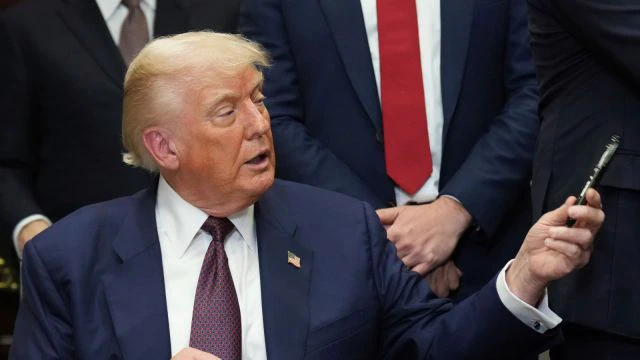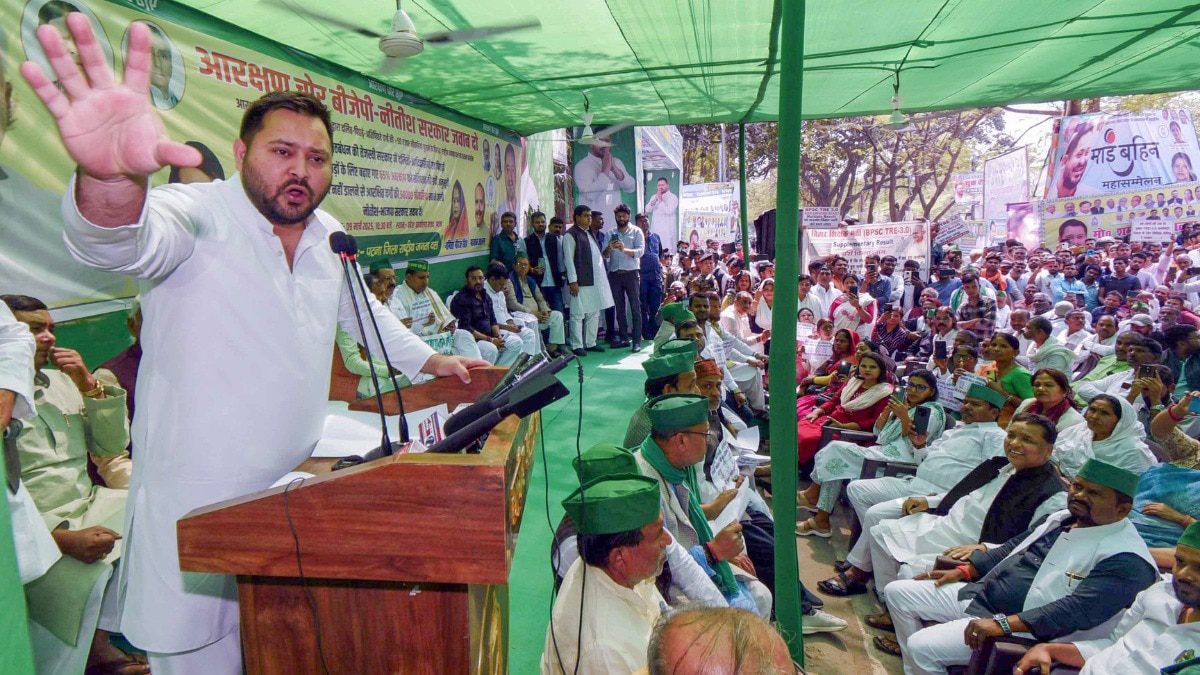
Pakistan, Bangladesh Among 50 Countries Now Enjoy Lower US Tariffs Than India: What It Means for Indian Exporters
In a major shakeup to global trade, the United States has announced lower import tariffs for more than 50 countries—including Pakistan and Bangladesh—while keeping India in a much harsher bracket. The move, effective August 7, 2025, puts a 25% US tariff on all Indian goods, but drops Pakistan’s rate to 19% and Bangladesh’s to 20%.
For India’s massive export sector, this comes as a direct blow. Industries that power millions of jobs—like garments, electronics, and footwear—now face stiff headwinds as competitors next door suddenly find themselves with a clear price advantage in the US market. Bangladesh, already a key player in the global ready-made garments (RMG) trade, will now have a 5%–6% edge over Indian products on US shelves. Pakistan, which recently struck a trade deal with Washington, also enjoys a big tariff cut.
According to US officials, the Trump administration’s patience ran out after months of stalled trade negotiations on agriculture and automobiles, especially India’s resistance to opening up its tightly regulated market for genetically modified crops and American dairy. The new tariffs, they said, are designed to “remedy the situation in a way that’s good for the American people”.
Indian exporters fear real pain ahead: with the US being one of India’s largest trading partners, the new playing field may erode India’s hard-won gains in sectors like non-leather footwear and mobile manufacturing. Bangladesh and ASEAN nations like Vietnam, Indonesia, and Malaysia—each now facing tariffs in the 19–20% range—stand to benefit immediately.
Beyond raw numbers, the sudden tariff revision highlights how geopolitics can upend years of business, affecting small factory owners, Indian farmers, and workers all the way down the supply chain. “It’s no longer just about products—it’s about livelihoods,” said an Indian exporter from Tiruppur, a textile hub, “and we hope policy makers act fast to secure fairer terms.”
As the new rules take effect, Indian businesses will be watching nervously for any sign of compromise—or hope of relief. For now, Pakistan and Bangladesh are among the big winners in the latest round of global tariff changes, while India’s export economy finds itself searching for answers and a level playing field.


